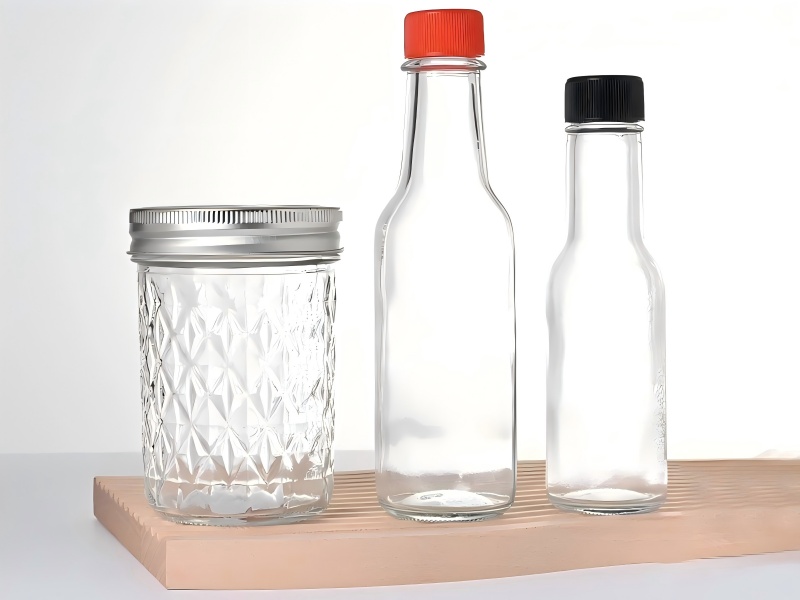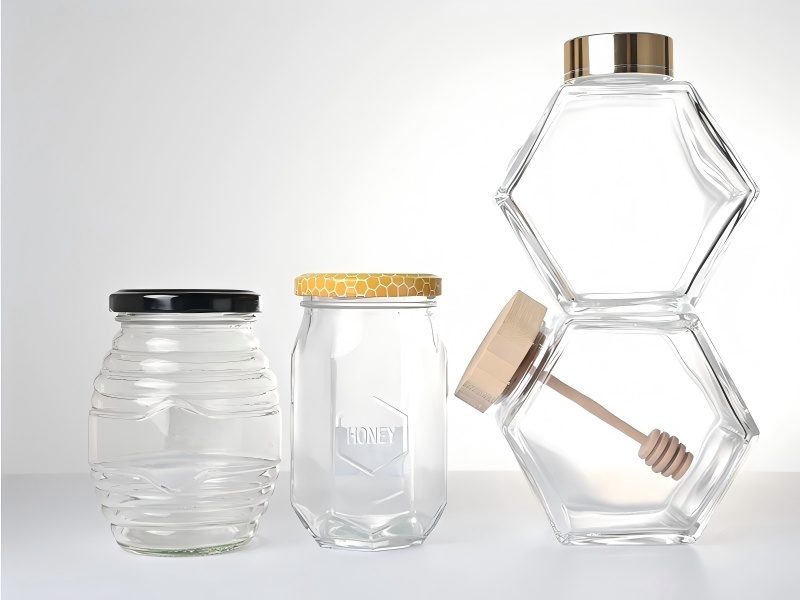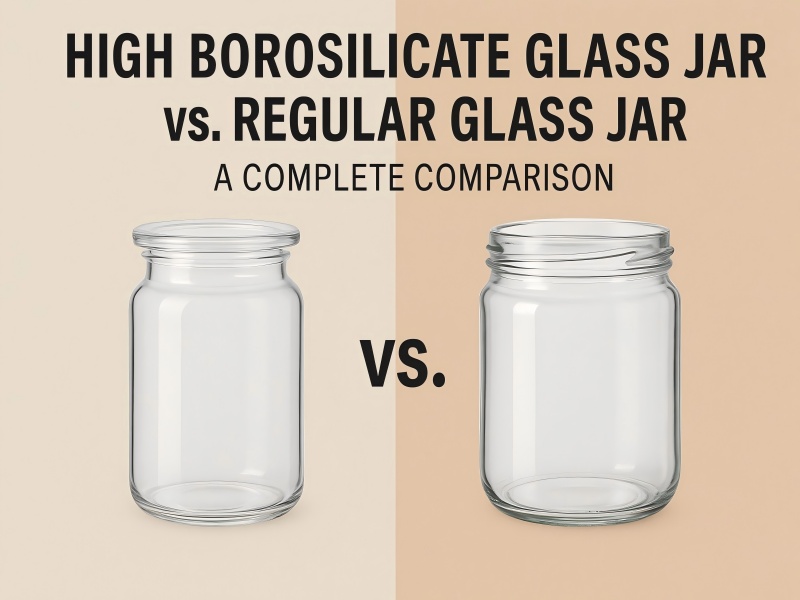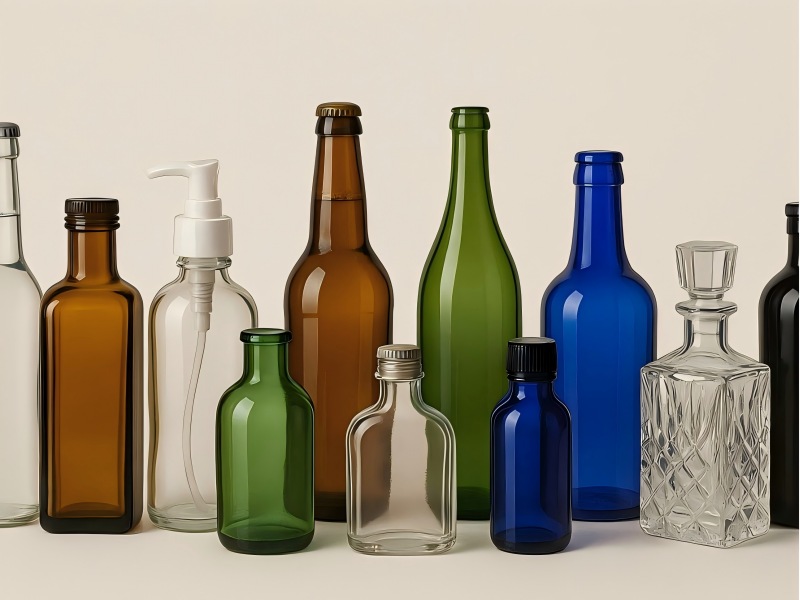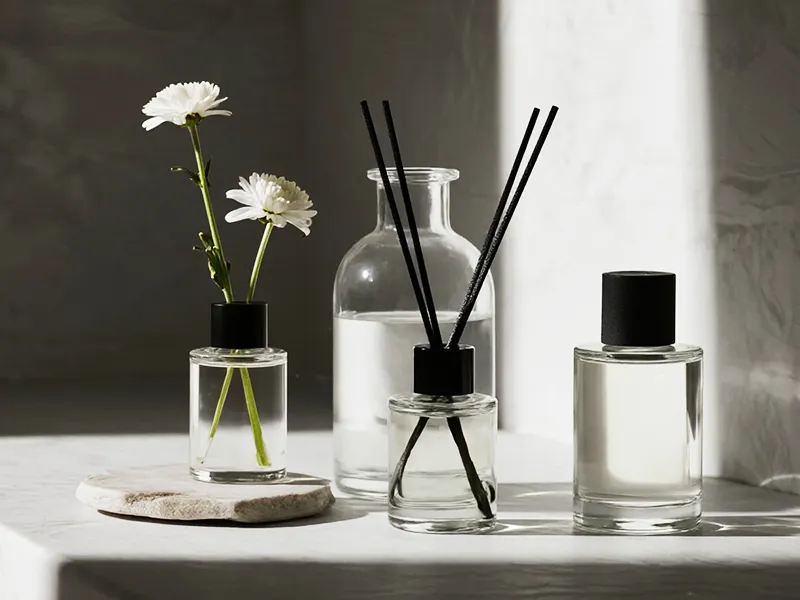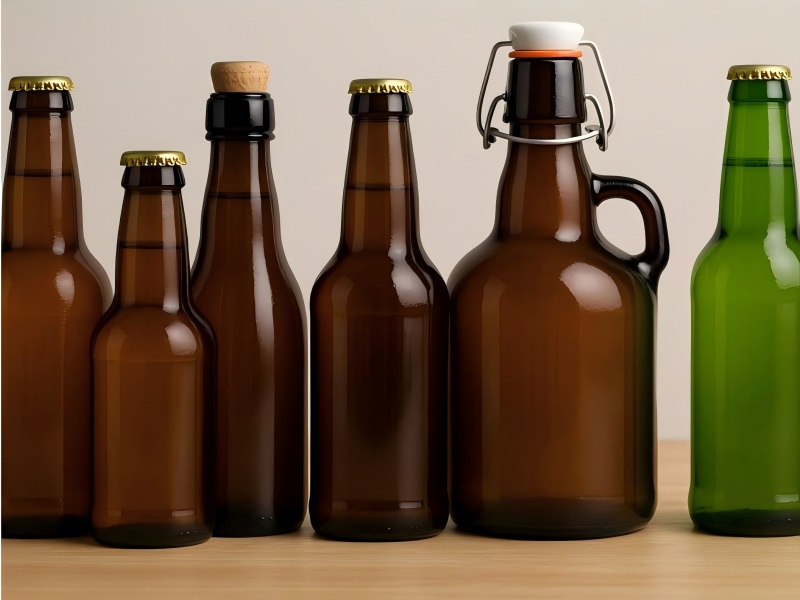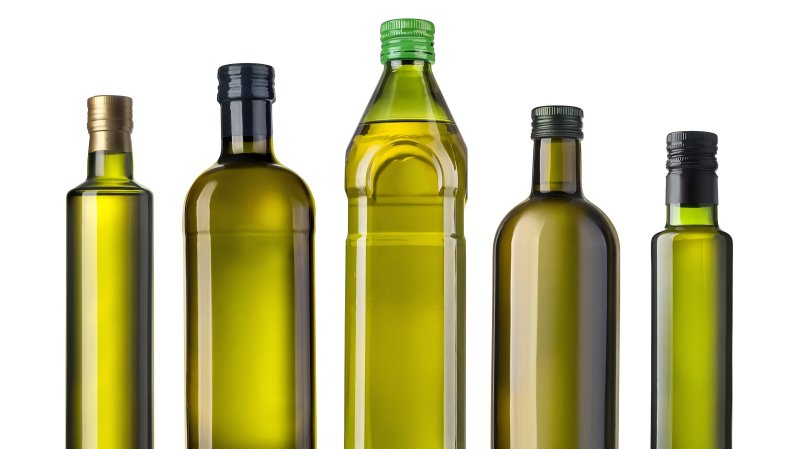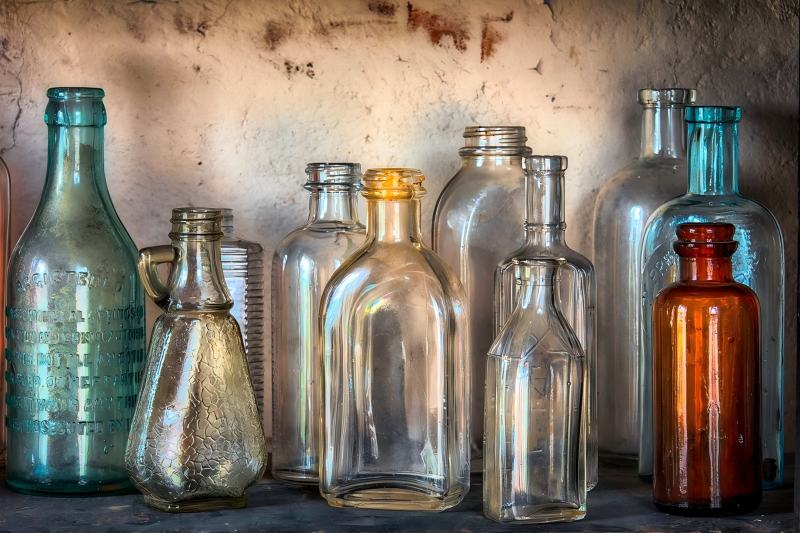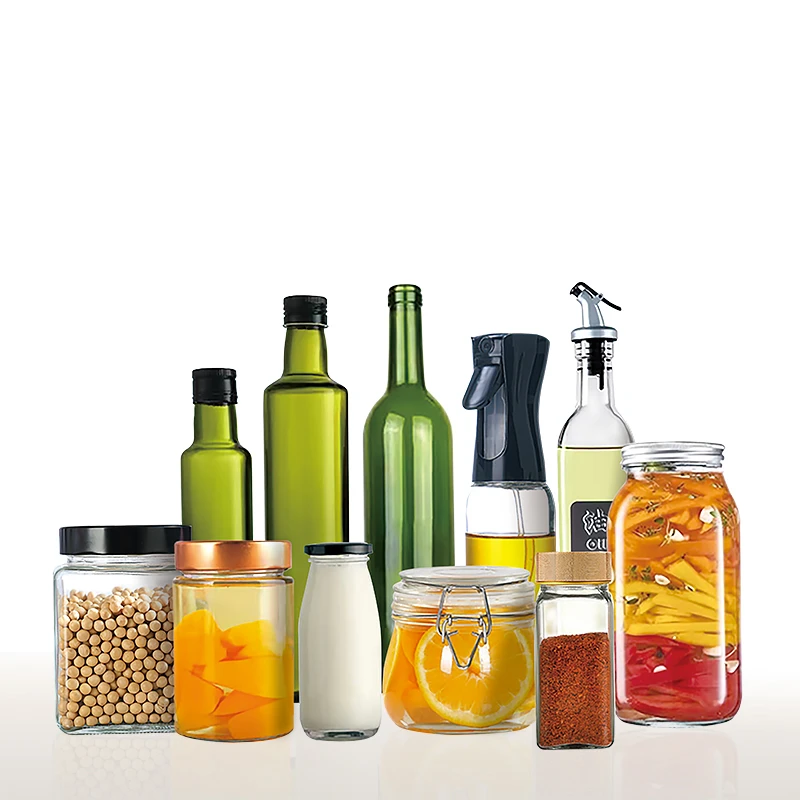The Complete Guide to Buying Glass Honey Jars
Glass honey jars do more than store your product; they reflect your brand, protect your honey’s purity, and influence how customers perceive and interact with it. Whether you’re a small-scale beekeeper or a commercial honey producer, choosing the right jar impacts everything from taste preservation to logistics and marketing. You can make the greatest purchase decision by using the information in this article.
Why Glass Is the Preferred Material for Honey Jars
Glass Preserves Purity and Flavor
Glass doesn’t react with honey’s inherent moisture or acidity like plastic or metal containers do. It keeps the honey’s original taste and aroma intact, preventing any chemical migration or off-flavors. This is crucial for raw, organic, or artisanal honey, where purity is a selling point.
Aesthetic and Premium Appeal
Glass offers a clean, clear view of the product inside. The visual appeal of golden, translucent honey enhances product value and instills trust in customers. Many premium brands rely on glass to convey authenticity and quality, especially when displayed on retail shelves.
Reusability and Eco-Friendliness
Consumers are increasingly aware of sustainability. Glass jars can be washed and reused indefinitely without degrading, and they are 100% recyclable. For eco-conscious brands, glass helps reduce the carbon footprint and supports circular packaging models.
Common Glass Jar Shapes for Honey
Choosing the right jar shape influences your branding, stackability, filling process, and even customer appeal.
| Shape | Description | Best Used For |
| Hexagon | Honeycomb-inspired design, often compact and geometric for shelf efficiency | Artisan or gift-style packaging |
| Round (Straight) | Classic cylindrical jar, easy to label and mass-produce | Commercial and bulk honey distribution |
| Queenline | Bulbous top with shoulders, traditional for American beekeepers | Local farm stands, beekeeping co-ops |
| Muth Jar | Vintage-style rectangular jar with cork or screw top | Small-batch, natural, or decorative honey |
| Skep Jar | Inspired by old-fashioned bee hives, textured surface adds uniqueness | Boutique honey for gift sets |
| Square Jar | Efficient stacking and a modern, elegant look | Contemporary or minimalist brands |
| Faceted Jar | Features reflective sides that catch the light beautifully | Premium products and gourmet gift boxes |
Sizing and Volume Options
The sizes of glass honey jars vary greatly and are expressed in milliliters or ounces. Selecting the right size depends on your sales channel, marketing plan, and consumer habits.
| Common Sizes | Approx. Honey Volume | Typical Use |
| 45 mL (1.5 oz) | Tiny portion | Promotional giveaways, wedding favors |
| 125 mL (4 oz) | Small jar | Starter packs, boutique stores |
| 250 mL (8 oz) | Standard retail size | Grocery shelves, online orders |
| 375 mL (12 oz) | Family size | Farmers markets, home pantry sales |
| 500 mL (16 oz) | Larger size | Frequent consumers, reusable kitchen jars |
| 1 Liter (32 oz) | Bulk size | Institutional buyers, foodservice channels |
Closure Types
The cap or lid is essential for sealing honey properly, preventing contamination, and extending shelf life. Choosing the correct closure also adds convenience for end-users.
Lug Caps
These twist-off caps are commonly used in commercial bottling and provide an excellent seal. The internal safety button “pops” if tampered with, offering visual assurance to buyers. Ideal for mass production and retail sales.
Screw Caps
Standard on many round or straight-sided jars, these are easy to apply manually or mechanically. They often come with liner options to prevent leaks. Screw caps are practical for home beekeepers or artisan producers.
Cork Stoppers
Popular for Muth or decorative jars, corks give a rustic or vintage aesthetic. While visually charming, corks are less reliable in airtight sealing and best used for short-term storage or non-commercial use.
Flip-Top Lids
These include swing-top closures, often with a rubber gasket. They’re great for home kitchen use and allow easy refilling. Some customers repurpose these jars after the honey is consumed.
Tamper-Evident Caps
Particularly crucial for ensuring food safety in markets with regulations. These consist of breakaway or shrink bands that indicate whether the goods have been opened.
Labeling and Branding Considerations
Your glass honey jar gains value from a well-designed label. It communicates your product’s story, quality, and brand identity while also providing essential legal information.
Label Placement
Curved jars (like round or Queenline) require flexible label materials that conform to the surface. Square and hex jars offer flat surfaces that make label application easier, even for small producers.
Materials
Paper, vinyl, and BOPP (biaxially oriented polypropylene) are popular label choices. Kraft paper provides a natural, rustic feel; BOPP is waterproof and durable for long-term use.
Design Tips
- Incorporate nature-inspired visuals (bees, hives, flowers)
- Display certifications (organic, raw, non-GMO)
- Use metallic foiling or embossing for a premium look
- Ensure barcodes and net weight are clearly visible
- Add a QR code for farm-to-jar traceability or social media engagement
Label design should reflect your target market—rustic for farmers markets, minimalist for high-end retail, or playful for family products.
Regulatory and Food Safety Requirements
When selling honey to the public, especially across borders, packaging and labeling must meet regulatory standards to ensure food safety and transparency.
FDA (U.S.)
Labels must include net weight (in both metric and imperial units), the common name “honey,” your company name and address, and any applicable nutritional facts. Packaging must be food-grade and tamper-proof.
EU Food Safety
Requires adherence to EU Regulation 1169/2011 for labeling and EC Regulation 1935/2004 for materials that come into contact with food. It is necessary to specify the production lot, country of origin, and any allergies.
Local Regulations
Some regions require language translations, traceability batch numbers, or organic certification marks. Research local food labeling laws before exporting.
Specialty Jar Options
Looking to stand out from competitors? Specialty glass honey jars elevate your packaging and turn your product into a gift-worthy item.
Embossed Glass Jars
Embossed jars feature custom designs molded into the glass itself—company names, bee motifs, or volume markings. They require custom molds but offer long-term brand identity and visual appeal.
Decorative and Gift-Ready Jars
These may include ornate jars with gold-plated lids, wooden dippers, ribbons, or shrink-wrapped sets. Ideal for holidays, weddings, or corporate gifts.
Honey Dispensers
These have wide mouths or pour spouts, making honey easier to serve. Popular in restaurants and hotels, or for honey sold as a breakfast staple.
Buying in Bulk vs. Small Quantities
Your production scale determines how and where you should purchase glass honey jars.
Bulk Buying
Buying by the pallet reduces the per-unit cost substantially. It’s best suited for large-scale producers or cooperatives. However, upfront costs, storage, and shipping logistics must be planned carefully.
Small-Scale Buying
Retailers like Amazon or specialty packaging sites offer lower MOQs (Minimum Order Quantities), which are perfect for seasonal producers or new businesses. Prices are higher per unit but manageable without large warehouse space.
Custom Orders
Custom glass molds for unique shapes or embossing require MOQs ranging from 5,000–50,000 units. This is feasible only for established brands with consistent sales volume.

Where to Source Glass Honey Jars
| Source Type | Pros | Cons |
| Local Distributors | Shorter delivery times, local support | Limited variety, slightly higher cost |
| Online Retailers | Convenient, large selection | High shipping costs, fragile product handling |
| Manufacturers (Direct) | Lower unit price, customization options | Higher MOQ, import taxes, language barriers |
| Packaging Wholesalers | Mid-range cost, bulk stock available | Some may not serve individuals or small orders |
Sustainable Packaging Trends in Honey Jars
Consumers increasingly prefer packaging that reflects environmental responsibility. Honey packaging is no exception.
Lightweight Glass
New manufacturing techniques reduce the thickness of glass while maintaining strength. This reduces shipping emissions and the amount of raw materials used.
Refill and Deposit Systems
Encouraging customers to return jars for cleaning and reuse builds loyalty and reduces environmental impact. Common in farmers’ markets and zero-waste stores.
Upcycling
Design jars that are easy to reuse as kitchen containers, candle holders, or spice jars. Add tips or suggestions on your website or label.
Cost Factors and Budgeting Tips
When evaluating glass honey jars, consider more than just the sticker price.
Price Components
- Jar material and thickness
- Closure type and liner
- Shipping distance and method
- Import duties and taxes
- Printing or label application
- Packaging (boxes, dividers, foam)
Cost-Saving Strategies
- Use standardized jars to reduce mold or tooling costs
- Order larger quantities less frequently
- Source domestically to avoid customs delays
- Combine jar and label orders with other beekeepers
Packing and Shipping Honey Jars
Glass is breakable, so proper handling during transit is essential.
Protective Packaging
Use partitioned boxes to avoid contact between jars. Add bubble wrap, kraft paper, or foam inserts for added safety. Palletizing reduces damage during long-haul shipping.
Shipping Labels
Label cartons as “Fragile” and “This Side Up.” Include batch codes and product details for inventory control.
Storage
Keep in a dry, shaded, and stable environment to avoid condensation or damage. Avoid stacking beyond recommended heights to prevent crushing.
How to Choose the Right Supplier
This is a list to help you screen possible suppliers:
- Do they offer food-grade certification for both jar and cap?
- Can they provide samples for testing?
- What are their lead times and return policies?
- Do they support custom molds and branding?
- What are their breakage or damage guarantees?
Reputable suppliers guarantee long-term success and minimize operational interruptions.
Case Study: How a Small Brand Increased Sales with Glass Jars
A boutique honey brand in New Zealand transitioned from plastic squeeze bottles to embossed glass jars with kraft labels and gold lids. Their results were remarkable:
- Online sales rose 60% within three months due to improved packaging appeal
- They secured shelf space at three gourmet grocery chains
- Customer feedback highlighted the elegance and reusability of the jars
- This demonstrates how the right jar can drive brand loyalty and revenue.


